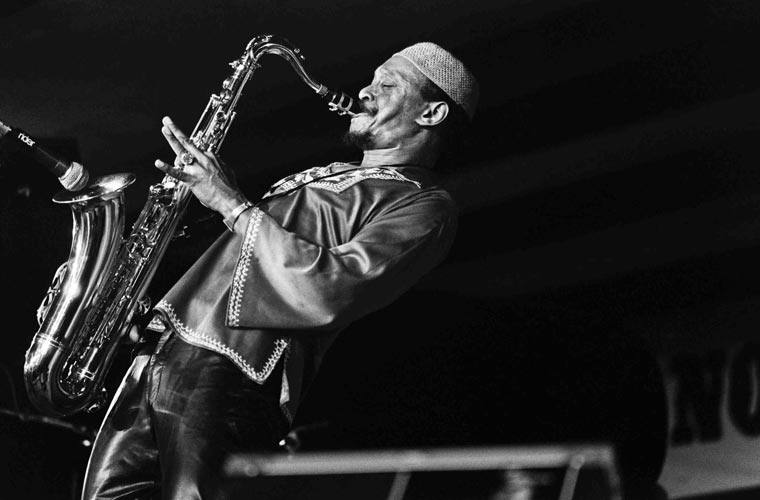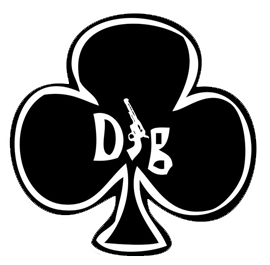The word virtuoso is defined as, "a musician who is a consummate master of technique and artistry." or "… an individual who possesses outstanding technical ability at singing or playing a musical instrument."
When I decided to that I was going to be a serious (classical) musician, I regarded this word with esteem and respect. I saw the aspiration for virtuosity as a means of achieving self-actualization, and decided to dedicate my life towards this realization. However, like so many things, after six years of conservatory training the shine wore off this word and I fear that I have lost my reverence for the beautiful. After all, art is the habit of the artist. Nevertheless, it is my intent to use this platform to (re)discover, admire, and share music/musicians of the highest caliber, in any and all genres, strictly for the purpose of listening to Music worth listening to.
In 1975 Charles Mingus and Company performed a concert in Montreux that knocks me flat every time I watch and rewatch it. The band mates are George Adams (tenor sax/vocals) Don Pullen (piano) Jack Walrath (trumpet) Dannie Richmond (drums). The piece of video I have attached is a portion of Sue's Changes – which is a tune Mingus penned for his wife, Sue. We at TWD love us some Mingus and in particular I lose my cool a little bit every time I revisit this concert footage. George Adams is an absolute beast in this performance for his range, attack, velocity, guts, and imagination.

George Adams is about to throw the world at you in his performance here so hold on; I've got a few talking points in mind that I want to share with you to hopefully enhance your listening/viewing pleasure. To begin, he opens his solo by slipping through the range of the instrument using pitch clusters that reach their point of climax at 21 seconds and dissipate outwards. This gesture is then followed by a more solidified melodic section which is challenged by Mingus at 1:12 when he pulls the floor out from under our man by changing the bass line entirely. Moments like these were typical for Mingus who demanded creativity and nimble musicianship from his band mates. Also within this section is a hilarious exchange with Dannie Richmond on drums at about 45 seconds. The look on his face at the start of this is a perfect expression of "what the hell?" but then he catches on to where Adams is going and smiles it off. The camera man really nailed it there for catching what would have otherwise been a unnoticed stage nuance for the amusement of the musicians only.
Following this the band takes a break and gives Adams room to stretch out and explore his ideas fully. Julian Gray states in his 10 Principles of Work and Motion that "Fluid, rhythmic playing is based upon anticipatory movements, which are themselves based on anticipatory thoughts." With all this speed work and rapid fire from gesture to gesture it would be easy to dismiss some of this as gibberish or filler, but it most definitely is not. This is a demonstration of technique, agility, and imagination unfolding in real time. Music is a live art and George Adams is not only playing his ass off, he's thinking his ass off first.
I love how he takes respite from the chaos around two minutes in and savors his instruments ability to sustain and shape notes. I also love the cool factor of Charles Mingus as he lights a giant cigar in the background of the stage. This is also where we as listeners begin to take note of the space between gestures. Adams's frenetic energy is palpable even in the silences between his outbursts, and I love seeing a musician dominate the space in between notes like this – it is a rare thing!
My final thought is regarding his playing at 3:10. Here is where his tone color and attack are most important. He is pushing his chops to the brink of their capacity and the tone color is fat, rich, and demands your attention. I think it's easy to forget that the sound production from a saxophone is caused by the player blowing air across a wooden reed causing it to vibrate, and then articulating this sound by either slapping your tongue across this wood or not. This instrument is a woodwind instrument for a reason and the way Adams plays here is a stark reminder of just where that sound is coming from.
His playing is visceral, the sound reflects this attitude, and as a listener his ideas and technique are audible and appreciated. I am always astonished by this performance and this concert in general. Don Pullen also has some ridiculous piano solos and gets just as far out George Adams. One listen is not enough to grasp the full impact of this performance so back it up and play it again before moving on to the rest of the concert. You dig?

